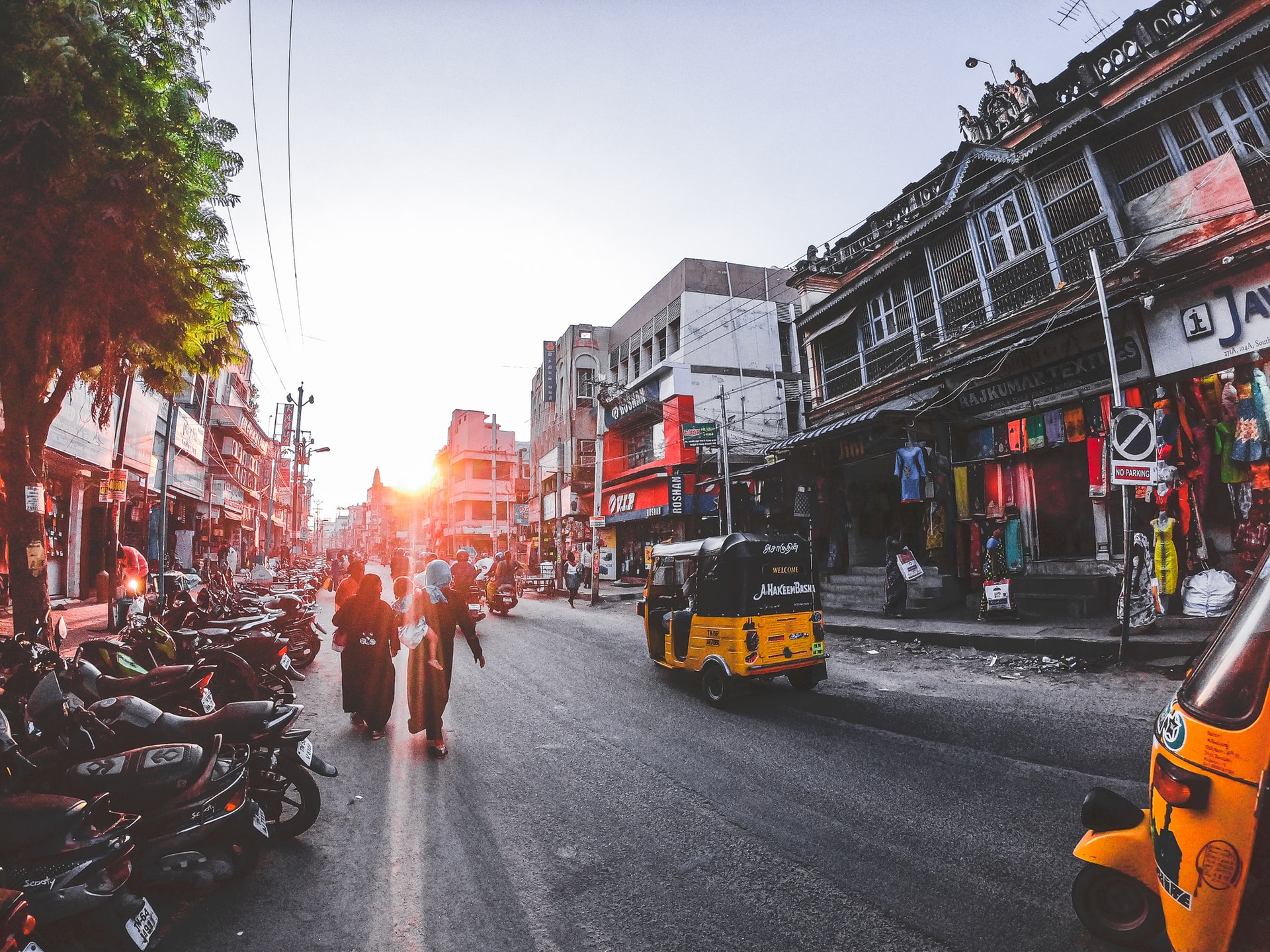The fastest growing cities in India right now are Surat, Nagaur, Noida, and Thiruvananthapuram. Some of the other popular cities that are experiencing high growth rates are New Delhi, Gurgaon, Amritsar and Lucknow. These kinds of statistics can hint at what will happen to create demographic shifts in the coming years.
One thing is for sure though. Cities that have experienced rapid growth have also experienced multiple problems leading to overcrowding and poor infrastructure. These problems need to be fixed before continued growth can take place. When looking at these statistics it is also important to keep in mind that the numbers are estimates. They are not exact indicators of what is actually happening on the ground.
Most cities have experienced at least a 2% growth rate in population every year for the last five years. This has led to an increase in housing and retail space, public transportation and other public services as well. The top five fastest growing cities include:
Surat- Located in Gujarat, this city is well known for its diamond cutting and polishing industry. It has seen an increase of 4% every year which equates to 8 lakh more people every year.
Nagaur – Located in Rajasthan, it has seen a slow but steady growth rate of 1.7% which equates to 6 lakhs more people every year. Nagaur is also known as the silk capital of India.
Noida- Located in Uttar Pradesh, this city is a part of Greater Delhi and is growing at a rate of 2%. This gives about 8 lakh more people every year.
Thiruvananthapuram- Located in Kerala, this city has experienced an increase from 5% to 7%. It has experienced an estimated 7 lakh new residents per year. Thiruvananthapuram is known for being the capital city of both Kerala and Thrissur district as well.
Amritsar- Located in Punjab, this city has seen a population growth rate of 2%. It will add about 8 lakhs more people every year. This is due to the current increase of the steel industry within the area and also to a major investment in real estate.
New Delhi- Located in New Delhi district, this area has a population growth rate of 2.8%. That equates to 13 lakh more people each year. There are still many issues when it comes to providing services though such as water, transportation and schools.
Gurgaon- Located in Gurgaon district, this area has a population growth rate of 2%. That equates to 12 lakh more people each year. The lack of proper water and sewage infrastructure is the main problem that needs to be addressed.
Lucknow- Located in Lucknow district, there is a growth rate of 2%. This means that 12 lakhs more people will move into the area every year. This is due to the rapid growth of IT industries within the area as well as major manufacturing projects around it.
Most cities that experience rapid growth quickly see increases in traffic and public transportation problems. These problems can be resolved by working on public transportation, housing and infrastructure projects as well as increasing access to employment for those living outside these cities. The key for continued growth is for these cities to have the best possible infrastructure and have all citizens able to work, play and live there without being forced out because it is too expensive or crowded for them.
Whatever the case may be – India is still considered one of the fastest growing economies of the world and is set to become a superpower in the next couple of decades. Foreign investments are at an all time high and more importantly the domestic startup scene is booming. This boom in startups everywhere is helping cities like above see growths in population because startups in India are not centralized to a few cities. Entrepreneurs are everywhere. Especially after the COVID pandemic remote work has taken off in India which further enables people to work from wherever they want or in this case open businesses from wherever they want.
Our hope is that state and local governments will be able to keep up with these growth rates in cities and not let the infrastructure fall too far behind – making living in these cities more difficult as we saw with cities like Bangalore and Mumbai in the past.

